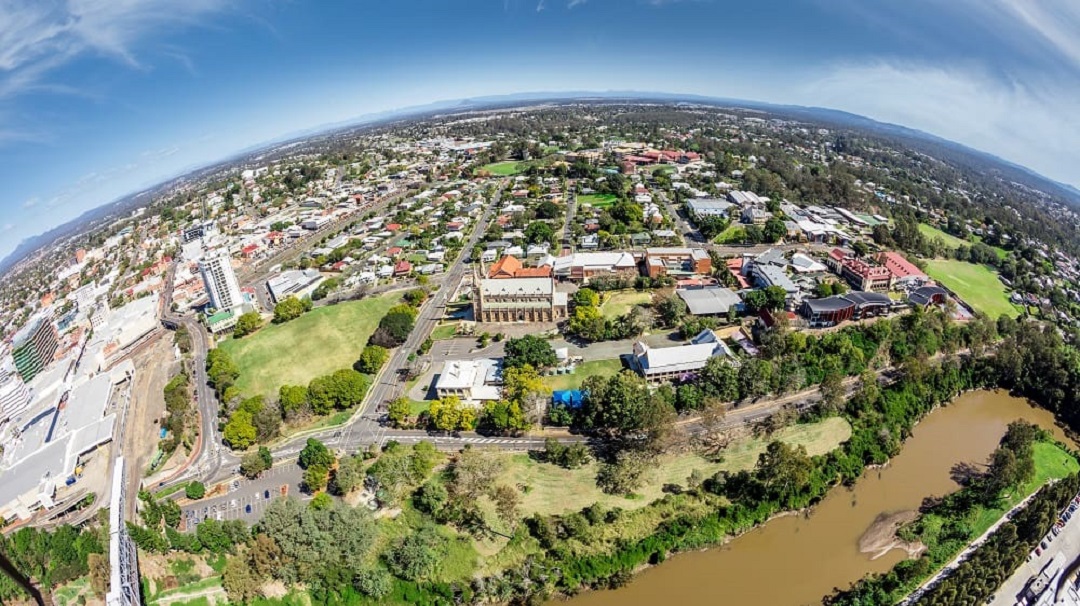Community concerns about flood mapping, levels and provisions were most significant in the first of three public consultation periods for the new Ipswich Planning Scheme.
Council’s General Manager of Planning and Regulatory Service Brett Davey said the consultation on the statement of proposals provided an opportunity for early engagement by the community and other stakeholders on the strategies and approaches to managing growth and development within the Ipswich Local Government Area into the future.
“The feedback from the community, other stakeholders and the State Government about the draft strategic framework will be used to guide the preparation of the final strategic framework and the rest of the planning scheme, including the detailed zoning and development code components,” he said.
About 510 submissions totalling more than 1000 pages were received from individuals, community groups, organisations and others stakeholders. The aspects discussed most included:
Flood mapping, levels and provisions
Concerns were raised about the flood levels that have been used in the mapping and the flood management provisions, particularly in Karalee, and in relation to the identification and use of the Probable Maximum Flood (PMF) to define the outer extent of the floodplains and risk area for the Brisbane and Bremer Rivers, that the flood mapping does not reflect previous flood events and the perceived impact the information may have on insurance premiums and property values.
Vegetation mapping and protection
Landowners (particularly in the Pine Mountain area) as well the development industry, raised concerns with the extent of the vegetation mapped and implications for land development, but there is wider general community support for vegetation and habitat retention / protection of trees.
Development (housing) density
A mix of views have been expressed both in support of the approach to the distribution of density including increasing minimum lots sizes (i.e. generally maintaining current lower densities) in some established suburban areas (notably in Bellbird Park and in areas with heritage and character values) and focussing higher density residential development in the new suburban areas and around railway stations and centres. Objections were also received to the increasing of minimum lots sizes (i.e. generally maintaining current lower densities) in certain established suburban areas by other submitters. The views expressed generally reflect a difference between existing residents who wish to see the current character and amenity of the area (with removal of vegetation being a key matter) within which they live maintained and those who wish to develop their land.
Waste
A number of submissions raised objections and concerns in regards to both existing and potential future waste industries and uses, including in established areas (often generally based on current issues being experienced and concerns about non-compliance). Objections were also raised to incinerators and waste to energy industries, with a call for tighter provisions to protect the community and environment. Conversely, a level of support was received from the waste industry along with a request to protect areas for continued waste purposes but also raising concerns over the Temporary Local Planning Instruments (TLPI) on the basis that they are too restrictive.
Ripley Valley Priority Development Area
A number of submissions raised issues about how the Ripley Valley Priority Development Area (PDA) would be integrated and operate relative to development in the rest of the city.
Alternative Options
A number of parts of the city had multiple options for the public framework, with an expectation that there may be a clear preference in respect to these options. While a number of submissions raised issues and expressed preferences in respect to the alternative options for sites and areas identified in the Local Area Frameworks, In general there were mixed views expressed and generally no clear preferences.
Mapping (general)
A number of submissions raised various matters in relation to the mapping in the draft Strategic Framework including accuracy (and specifically in regard to the ability to apply the Strategic Framework Maps, for example the roads network, at the property level) and its purpose (for example there was some uncertainty regarding how the overlay mapping is applied and a perception that it is an imposition on land owners).
Site / land specific issues
A significant number of submissions included requests for consideration of changes to the land use designation (indicative of future zoning) of lots / land parcels or the amendment of other maps such as constraints maps.
Mr Davey said a number of submissions included issues beyond the control of the planning scheme, including neighbourhood disputes, maintenance of properties and facilities, provision of public services (including hose provided by the state) or council budget.
He said a review of the submissions has considered the issues raised with a response and recommendation in relation to those issues included in special report, which will be published to provide feedback to submitters about how the issues they have raised have been considered and addressed and also provides important information that will be used inform the further drafting of the New Ipswich Planning Scheme.
Individual submissions will not be published, respecting the privacy of individuals, however information about the themes of the submissions will be published. It is further anticipated that council will publish additional information on the above topics over the coming months to try and improve support for the community’s further engagement.
Read more



Need a museum built into new mall and a few highrises living permanent like Europe does
Save Deebing Creek Mission and burial sites.
No expansion to Cleanaway operations in New Chum. We are not a dumping ground nor an acceptor of contaminated waste. What is the benefit of PFA’s in our soil and water, pollution by stench, blankets of dust and incentives to avoid the levy. Wake up